Search results for: "tourmaline"
Showing 1–12 of 33 results
- CategoriesExpand CategoriesCondense Categories
- Product collections
- Art Deco Jewelry
- Art Nouveau Jewelry (1890-1910)
- Birthstone Jewelry
- Edwardian Jewelry (1901 to 1910)
- Estate & Vintage Jewelry
- Gemstone Jewelry
- Florida Fishing Jewelry
- Family Jewelry
- Retro Jewelry
- Victorian Jewelry
- GIA Certified Jewelry
- Alternative Engagement Rings
- GIA Certified Engagement Rings
- Tungsten Wedding Bands
- Pre-Owned Rolex Air-King
- Pre-Owned Rolex Date
- Pre-Owned Rolex DateJust
- Pre-Owned Rolex Daytona
- Pre-Owned Rolex Explorer
- Pre-Owned Rolex Explorer II
- Pre-Owned Rolex GMT Master II
- Pre-Owned Rolex Oyster Perpetual
- Pre-Owned Rolex President
- Pre-Owned Rolex Submariner
- Pre-Owned Rolex Yacht Master
- Vintage Rolex
- Dollars
- Gold Coins
Expand CollectionsCondense Collections - CHOOSE A PRICE RANGE
Filter By:
- MetalExpand FiltersCondense Filters
- Gemstone TypeExpand FiltersCondense Filters
- Jewelry Era & StylesExpand FiltersCondense Filters
- Stone CutExpand FiltersCondense Filters
- ColorExpand FiltersCondense Filters
-
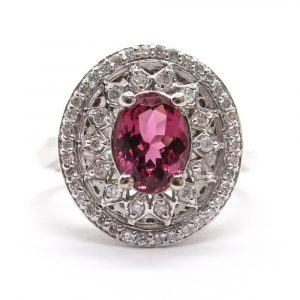
Pink Tourmaline and Diamond Double Halo Ring 2.59 ctw 14k White Gold
$1,750.00Add to cart -
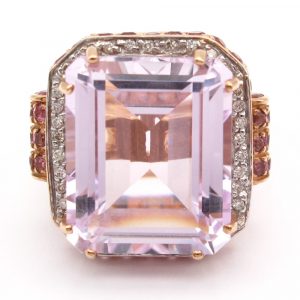
Statement Kunzite Ring with Pink Tourmaline and Diamond Halo 14k Rose Gold
$3,750.00Add to cart -
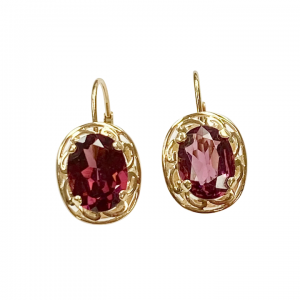
Tourmaline Drop Earrings 2.70 Carats tw 14K Gold
$875.00Add to cart -
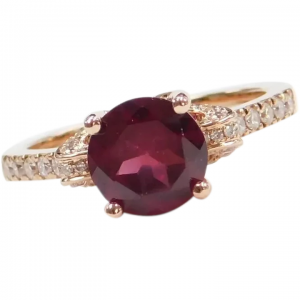
2.26 ctw Pink Tourmaline and Diamond Engagement Ring 14k Rose Gold
$1,650.00Add to cart -
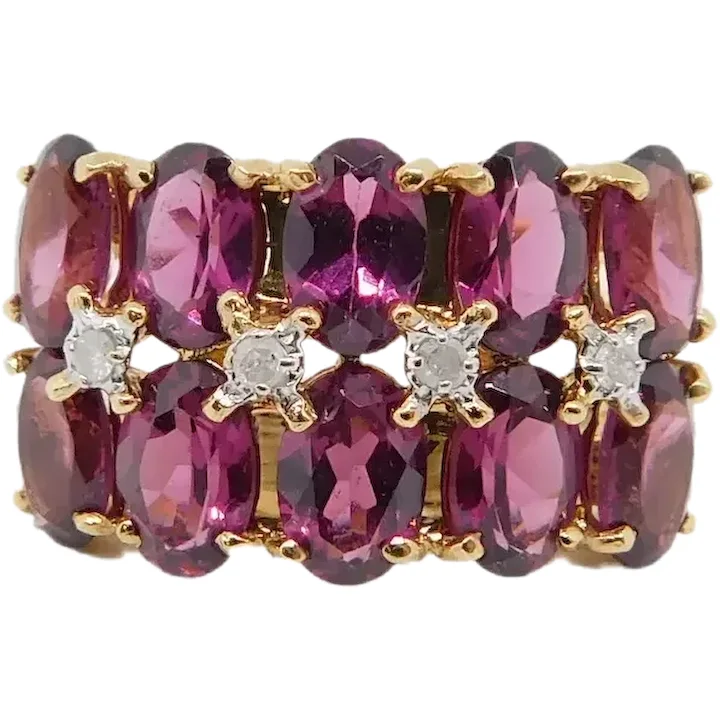
5.08ctw Pink Tourmaline Ring 14K Yellow Gold
$1,165.00Add to cart -
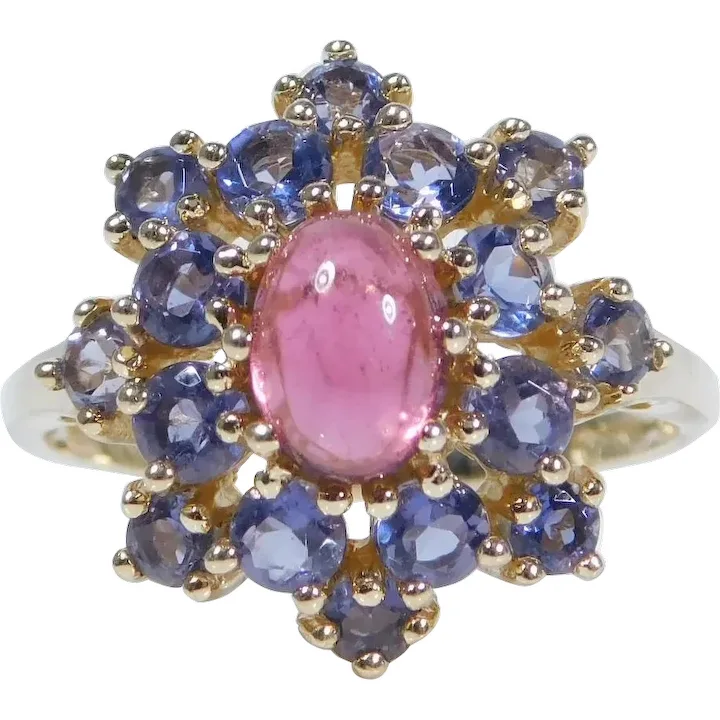
1.48ctw Pink Tourmaline & Iolite Fashion Ring 14K Yellow Gold
$505.00Add to cart -
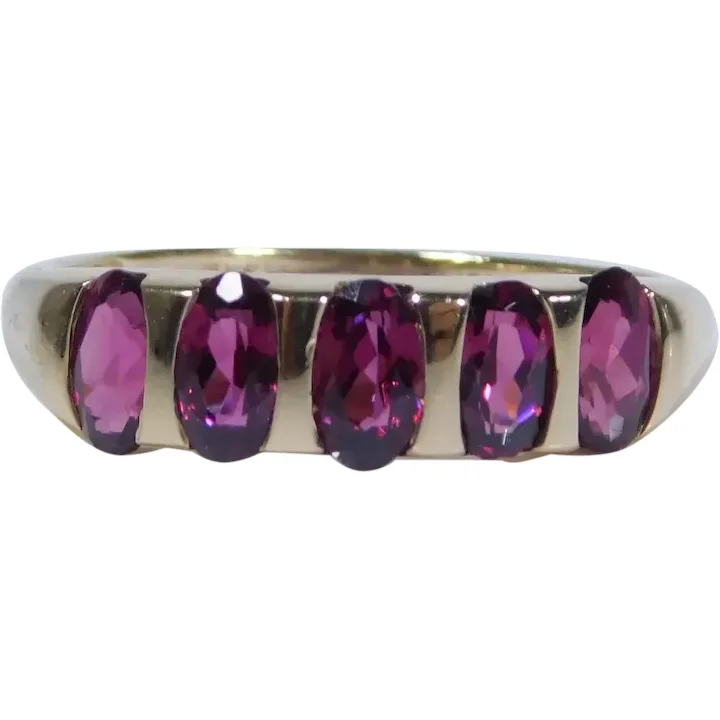
1.40ctw Pink Tourmaline Band 14K
$362.00Add to cart -
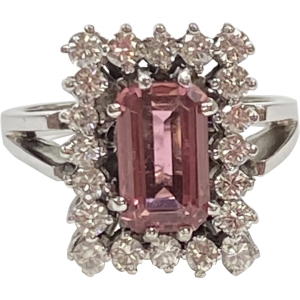
Pink Tourmaline and Diamond 3.82 Carat tgw Halo Ring 14K White Gold
$3,050.00Add to cart -
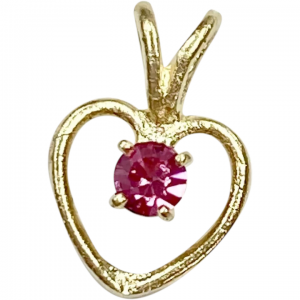
Tiny Birthstone Heart Charm/Pendant 14K Gold Faux Pink Tourmaline, October
$45.00Add to cart -
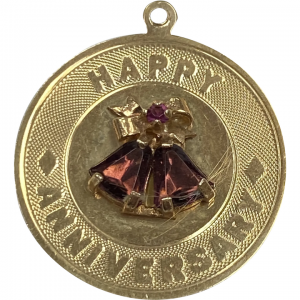
Jeweled Vintage Anniversary Charm 14K Gold Amethyst and Tourmaline
$235.00Add to cart -
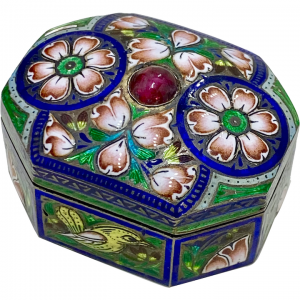
Colorful Champlevé Enamel Box Gold Gilt on Sterling Silver, Tourmaline Accent
$250.00Add to cart -
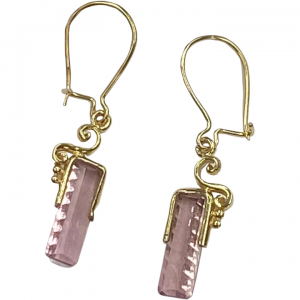
Pink Tourmaline Dangle Earrings 2.44 Carat tw 14K Gold, Fantasy Cut Crystal
$295.00Add to cart
This is where you can browse products in this store.
